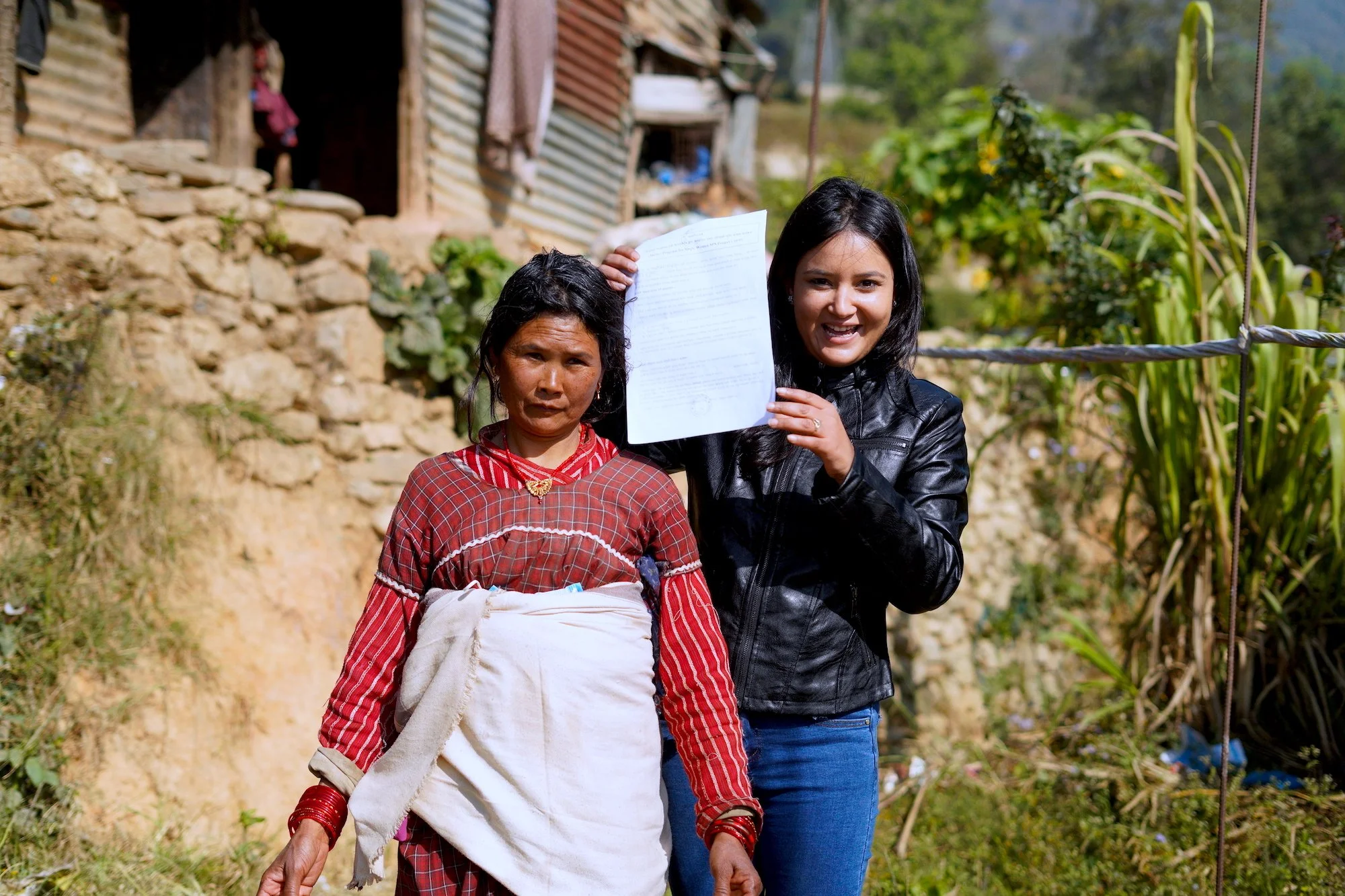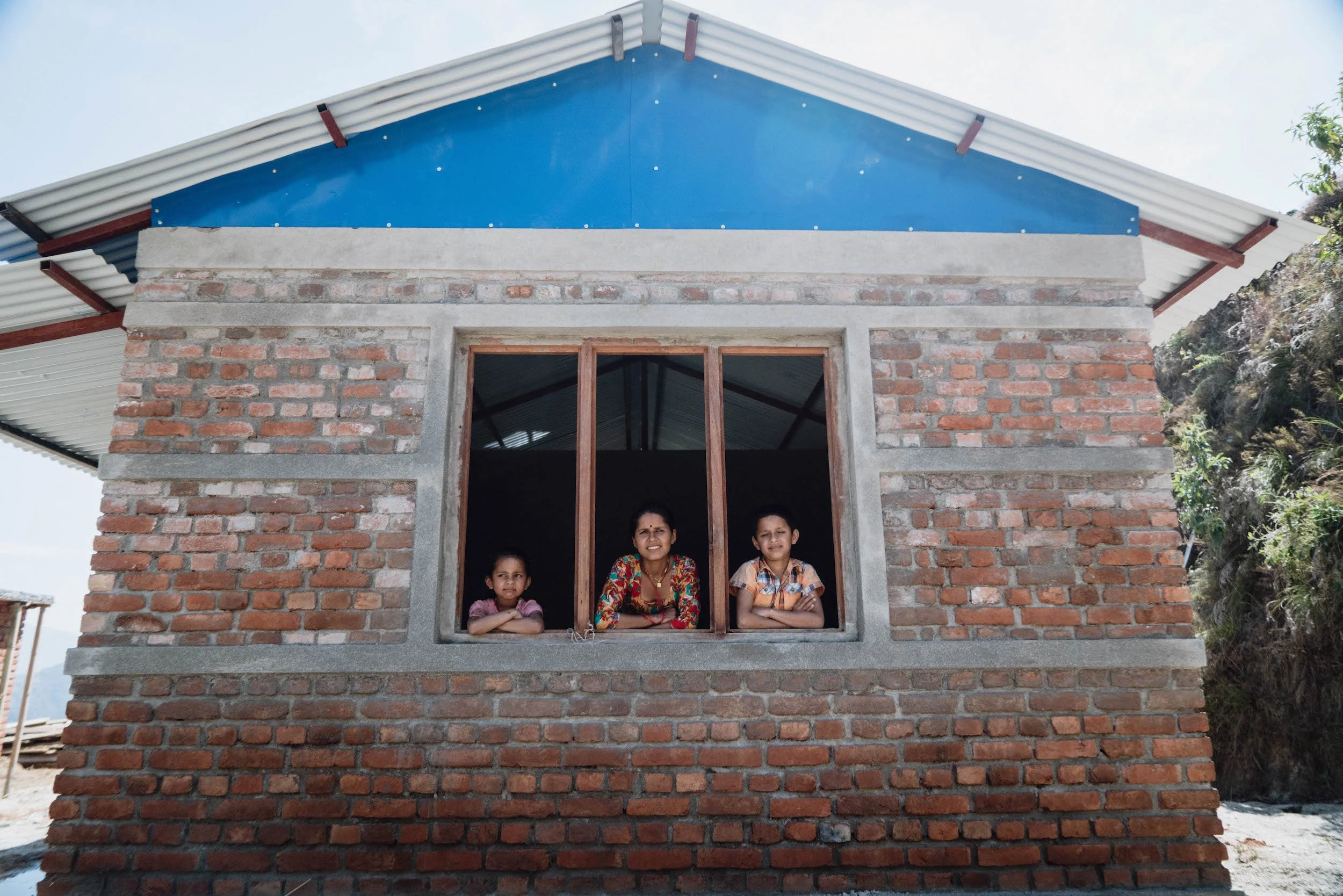Our 5-Step Approach
Incorporating years of on-site learning, we’ve developed an adaptive approach that meets the needs of our unique partner families.
1. Identify
We use every available method to find families disconnected from the resources they need. Hike, bike, jeep, or bus, we reach unseen families to become an ally toward radical transformation.
2. Advocate
Whether our partners need support to obtain rightful land ownership, finalize divorce proceedings in domestic violence cases, or access available government grants, we are there to support them as they gain the knowledge, capacity, and bravery to build a new life.
3. Train
By engaging in hands-on earthquake resilient construction training, these new homeowners gain the knowledge to join our construction crews in building their new home and to maintain their new asset over time.
4. Build
Each homeowner builds their code-compliant home alongside our engineering and construction teams, incorporating their design choices into the vernacular building style.
5. Grow
Once settled, our new homeowners begin training on income generation skills and receive a seed capital infusion into their new home business, all in support of a bigger bolder future.
“Attending Nivas construction training has empowered me. Once you have your own inner confidence, people around you start treating you better. ”
-Gita G.
Innovative Construction
One size fits all doesn't work in Nepal. With homes at 16,210 feet and near sea level. In the tropics and high alpine. Experiencing floods, earthquakes, and fires. Our solutions must be adaptable.
We adapt traditional construction methods with tested, code-compliant techniques and materials to help existing construction pros upgrade their practices to modern earthquake and disaster-resilient standards.
Systems We Use
Fired Brick
Tried, true, and made in Nepal.
Interlocking Block
Hyper-local, speedy, CO2-reducing, and EQ-resilient.
Stone
Solid and available in extremely remote areas.












